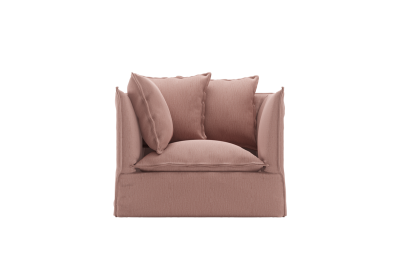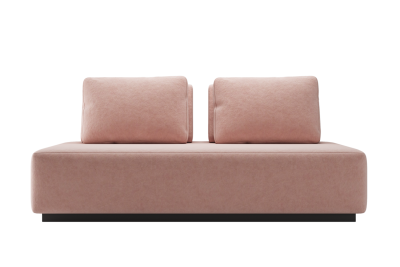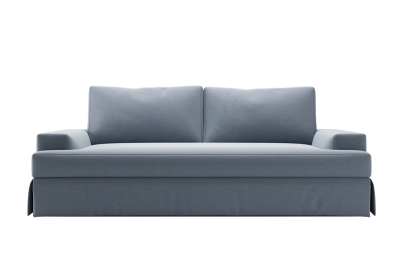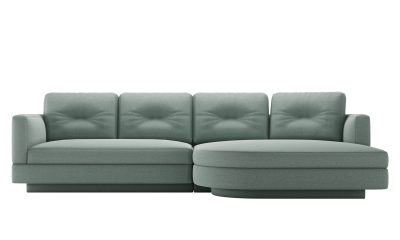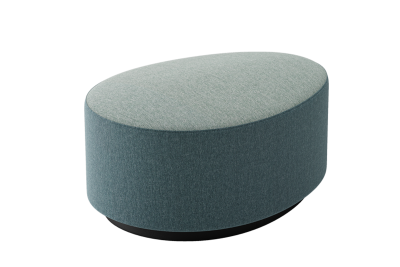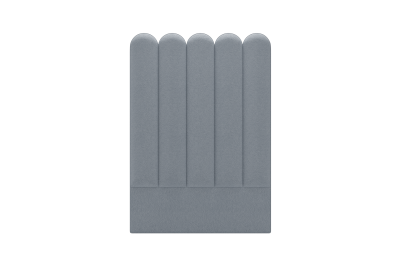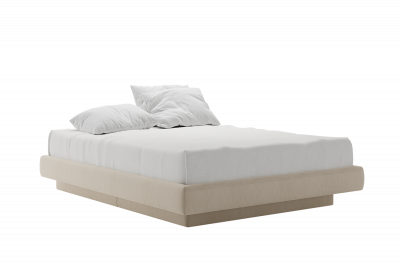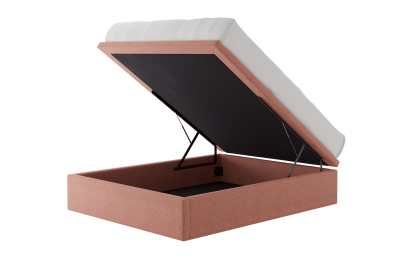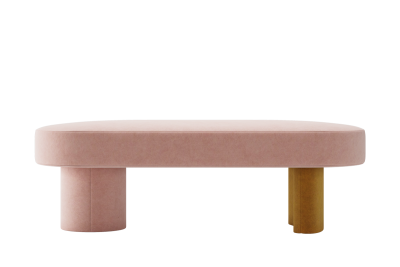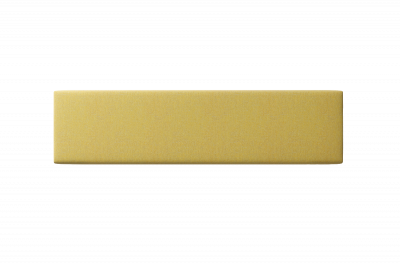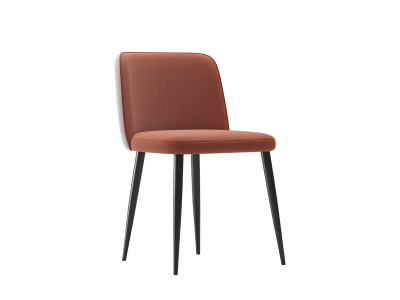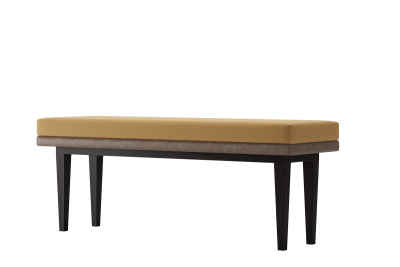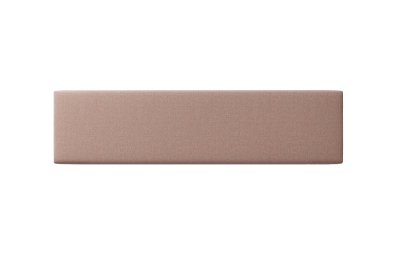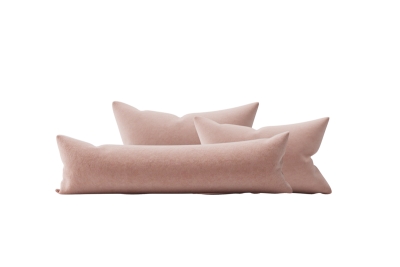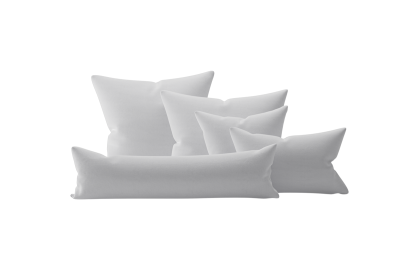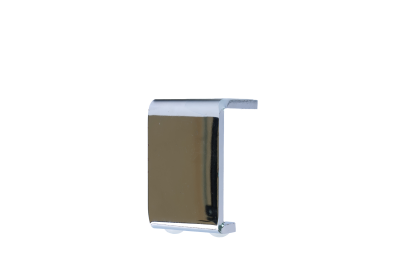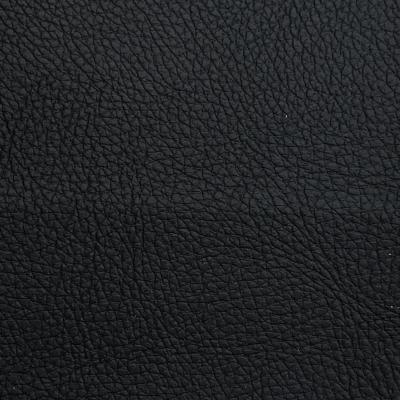How to prevent sun damage on your furniture
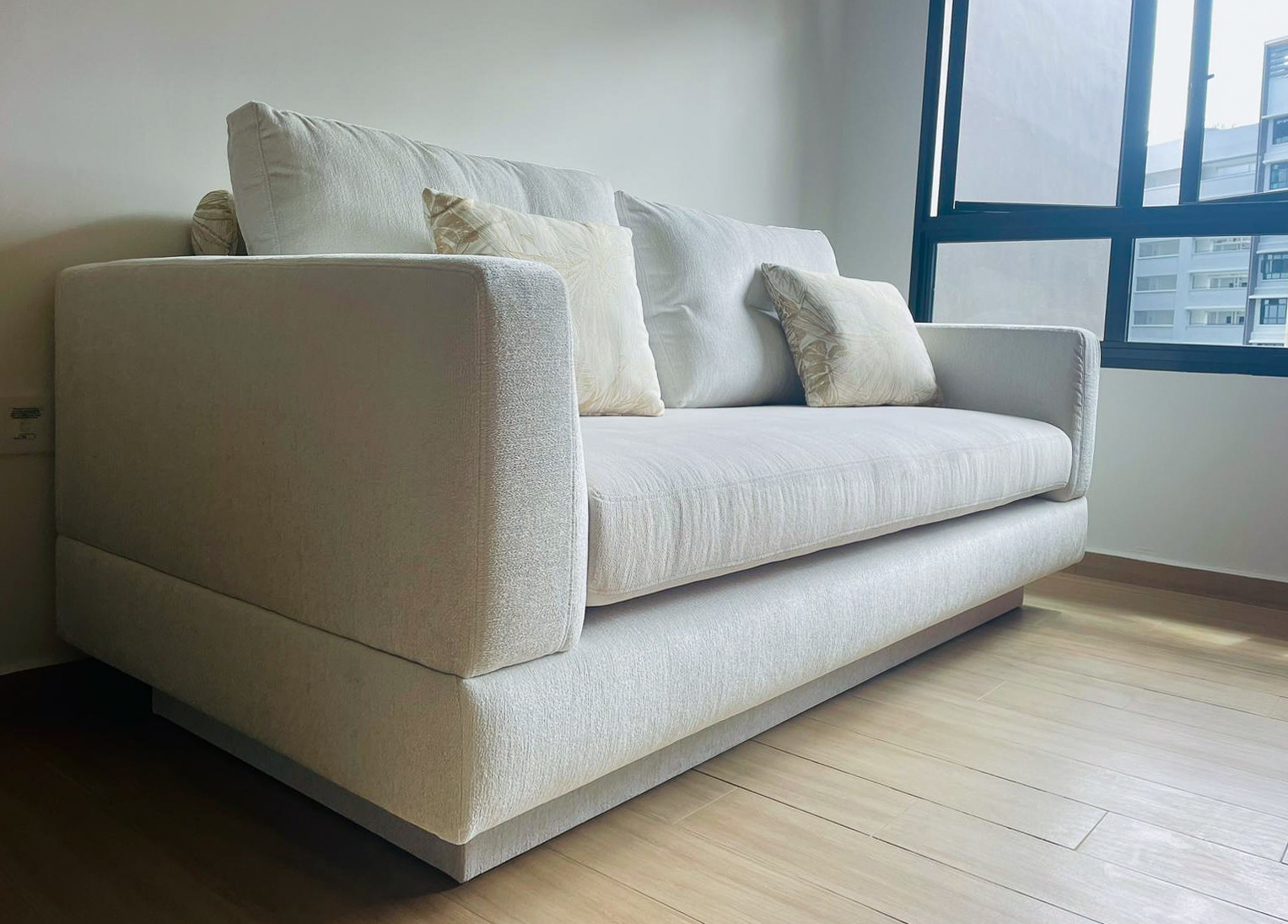
You know the drill: wear sunscreen to reduce your risk of hyperpigmentation, wrinkles, skin cancer etc but how do you protect something that you can’t apply sunscreen to?
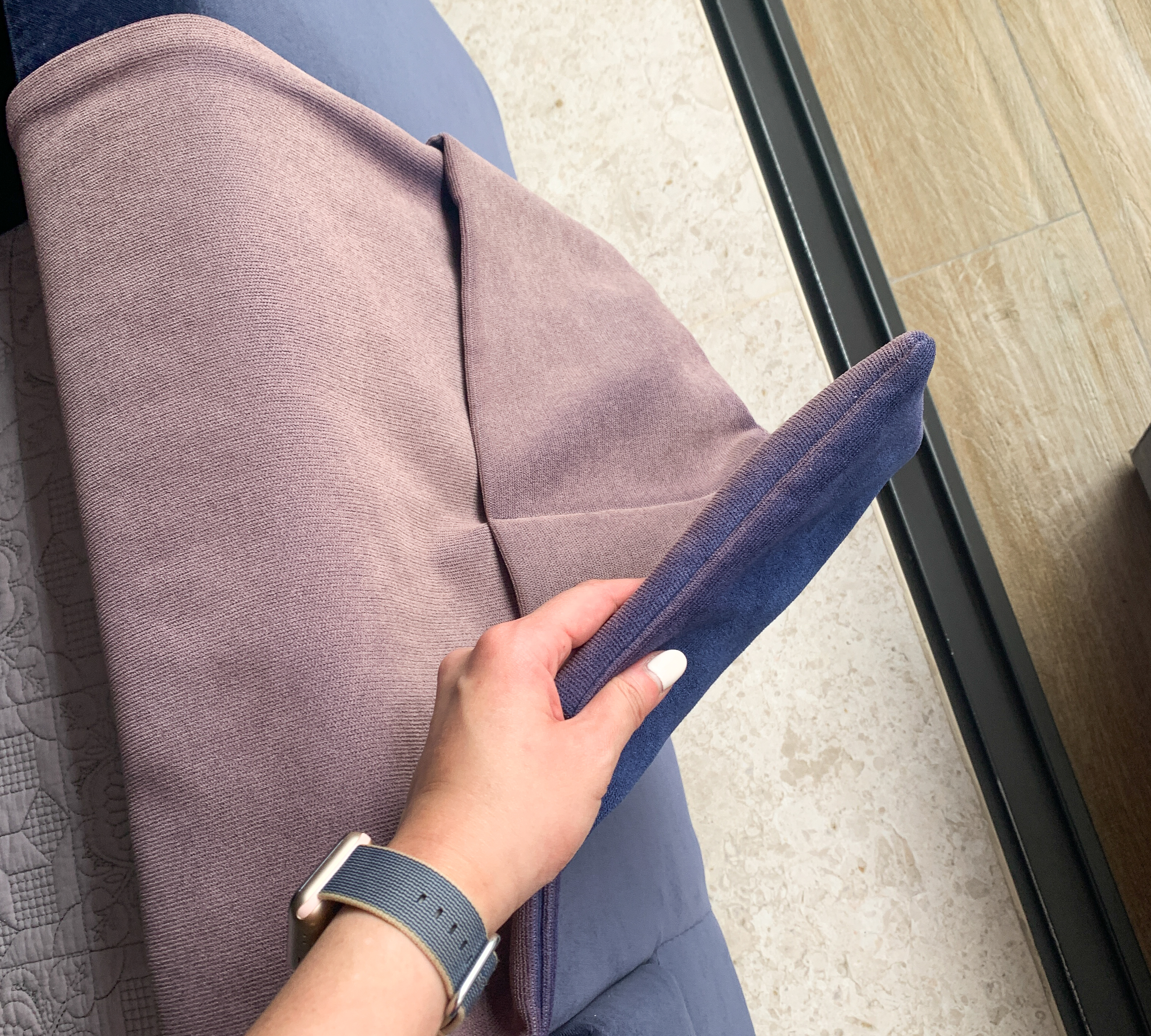
Because if you’ve ever seen sun-damaged fabric, you’ll know that it isn’t pretty. Bright colours will fade, white will yellow, and leather will dry out and crack.
There is a bright side though (ha, ha): make a few clever choices and you can help reduce and slow the pace of sun damage. With everything else, there are trade-offs you should know about. Here’s what to consider:
Choose lighter upholstery colours

If you are placing furniture near a east or west facing window, opt for lighter colours like cream or pastel tones, which work harder at reflecting sunlight. Avoid both darker colours and bright tones like bright red or orange — these are sneaky sun absorbers and will fade quickly without preventative measures.
But white is not always the best
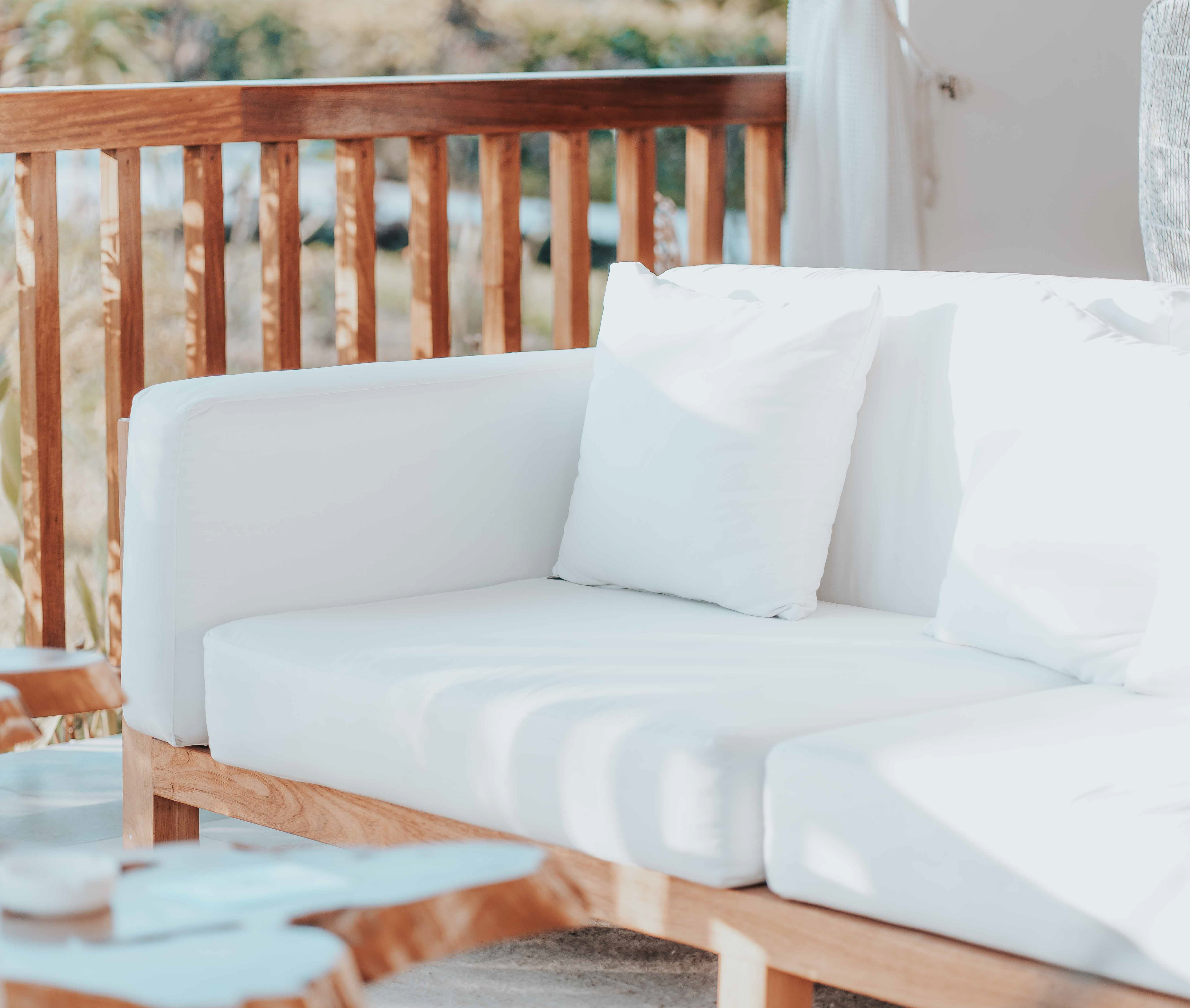
Natural white is ok, white WHITE is not. Textiles that appear brilliantly bright often contain artificial optical brightening agents (OBAs) that enhances the brightness of white or light coloured fabrics. While OBAs can entice and dazzle, they can also hasten your sofa's downfall to sun exposure — that same brilliance that makes OBAs impressive also makes your upholstery more susceptible to fading. It's why your gorgeous pure white linen is yellowing even though you've done nothing to it.
Ask for good lightfastness textiles
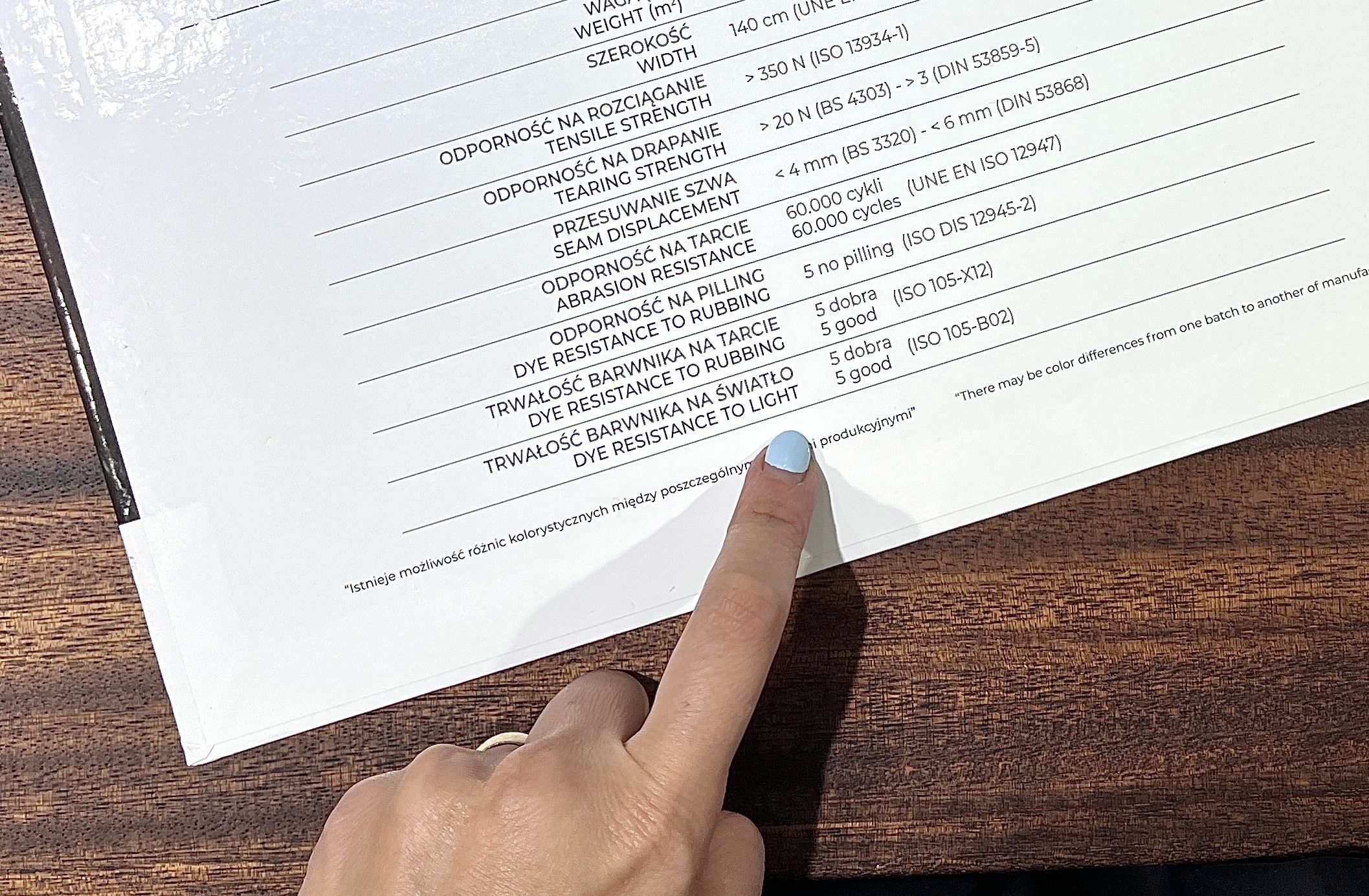
Here's the inside scoop: textiles comes with its own UV resistant grading system much like the Sun Protection Factor (SPF) in sunscreen. If your sofa or upholstered headboard gets a healthy dose of sunlight every day, you’ll want to seek out fabrics that boast higher grades of lightfastness.
Our tip: just ask the Blafink Guideshop experts! We carry upholstery collections which is rigorously tested for lightfastness.
On this note, why don't we just skip right to the end of the spectrum and just opt for outdoor fabrics? After all, they are made to weather direct UV rays.
Maybe not. The challenge of using outdoor fabric indoors is that, due to their acrylic composition, outdoor fabrics warm quickly. This means your sofa lounging may be dramatically dampened by perspiration and quickly get uncomfortable.
Consider a slip cover
Think of a slipcover as SPF-protective clothing for your furniture. There are plenty of other upsides to slipcovers besides staving off sun damage: because they’re washable, they’re great options for households with pets, kids, or adults with butter fingers. A slipcover can also be a good option if you have allergies: simply pop it off for a wash, and vacuum the sofa before putting it back on.
Protect your windows
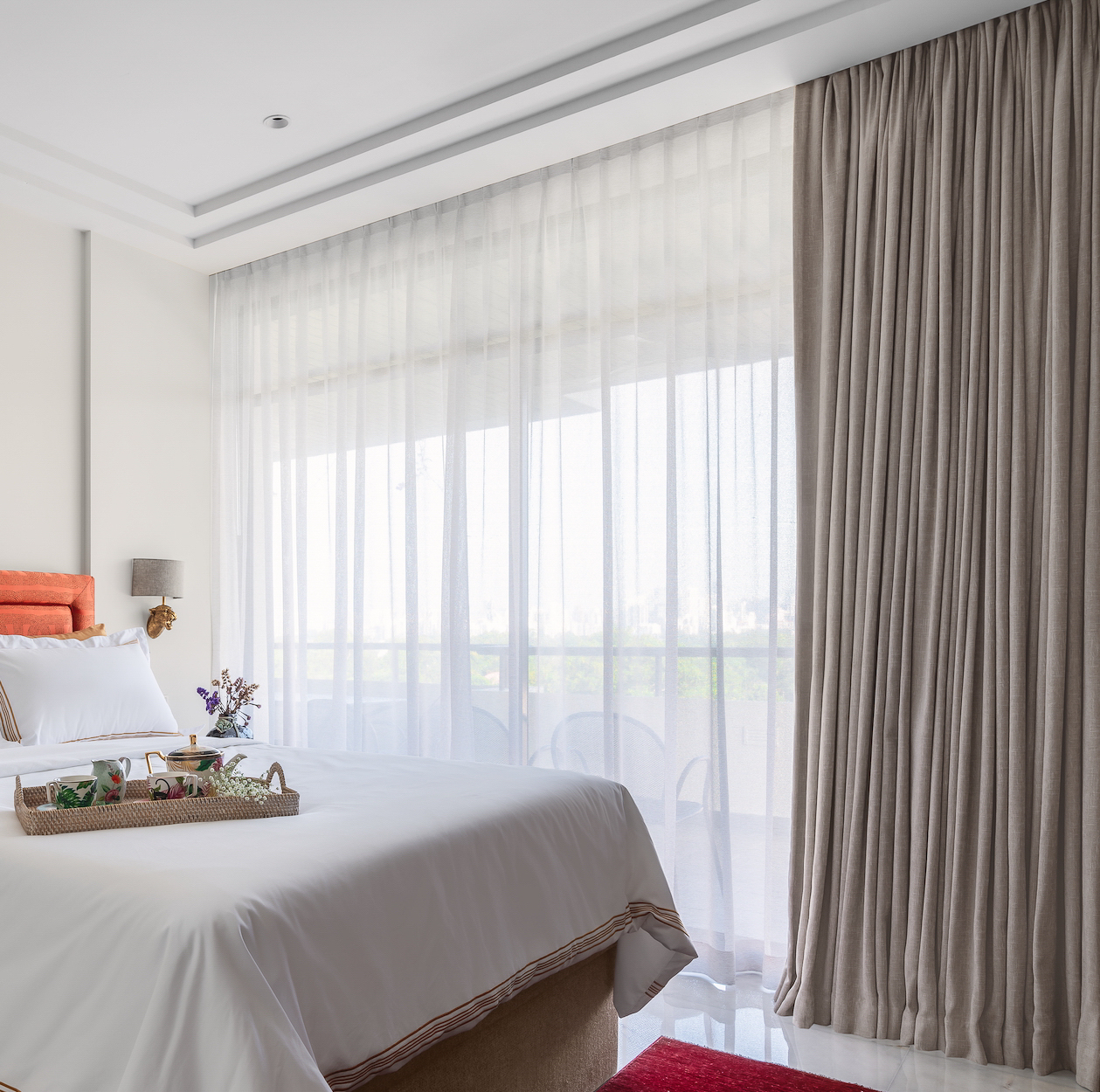
Finally, as the adage goes, “an ounce of prevention is worth a pound of cure”.
If you get particularly strong morning or afternoon sun at home, visible sun damage can be seen in as little as a month. Instead of waiting for your sofa to look like it’s been to one too many beach parties, we recommend properly kitting out your windows to reduce UV glare.
Options to consider include UV-blocking window films or solar shades, which are available in different tints and opacities. In addition to blocking out UV rays, they can also provide insulation from heat, making it more energy-efficient when it comes to cooling your space.
We also recommend installing conventional blinds and/or curtains, which help to filter direct sunlight and offer privacy — especially useful in apartment units where your neighbour can track your every move from their living room!
